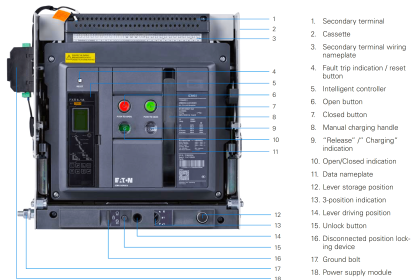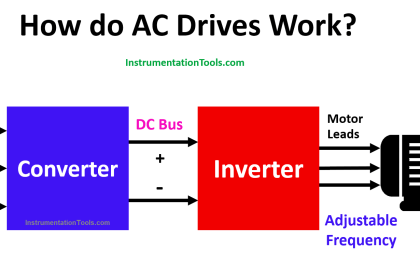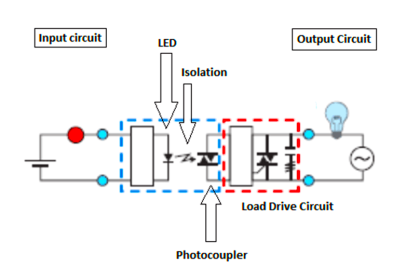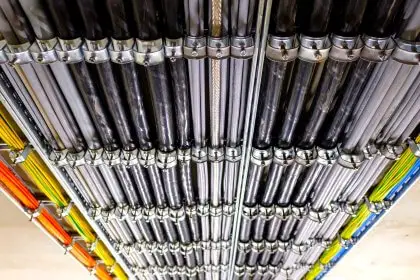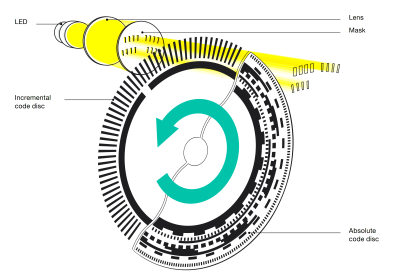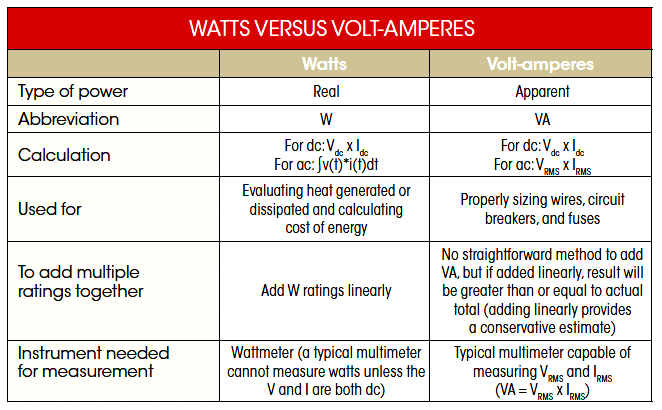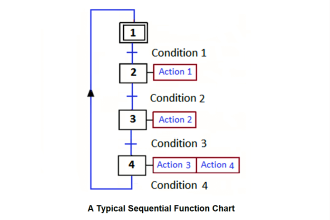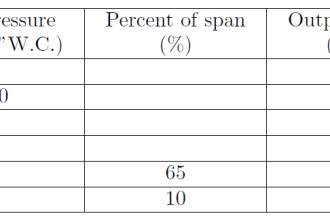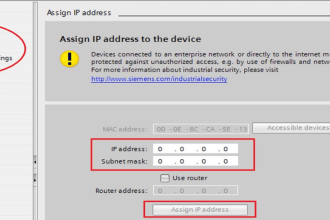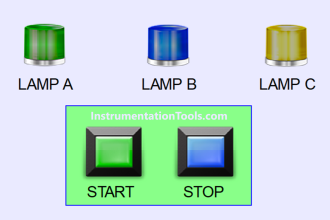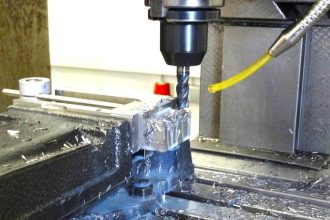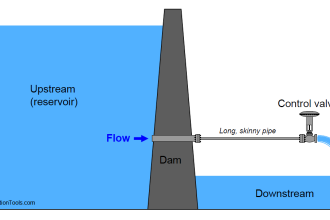In an AHU system, we know how we get cool air by varying its temperature. If the air is too hot, we decrease the setpoint for maximum cooling and if the air is too cold, we increase the setpoint for minimum cooling.
This maintains the area temperature. But, there is one more method that maintains the temperature by varying the airflow instead of temperature. This is called variable air volume. In this post, we will see the concept of variable air volume or VAV system. A Variable Air Volume Controller (VAV) in HVAC controls the airflow to maintain desired temperature levels in different zones.
What does a variable air volume do?
First of all, let us understand its difference with constant air volume. Take a simple example of an air conditioner. If you want the room to be cold, you will decrease the set temperature and if you want the room to be hot, you will increase the set temperature.
So here, you change the setpoint and accordingly, the compressor inside will vary the pressure of the refrigerant gas to change the temperature. In this system, the airflow is kept constant and not varied. But apart from this, there is another system where you can vary the airflow and keep the temperature constant. This is a variable airflow system.
Refer to the below image. As you can see, a supply duct supplies air to the rooms. In various zones or rooms, the air flows in them. What you notice is that in every zone, before the air flows in the room, there is a box called VAV. This box is a VAV controller.
The air coming in supply ducts will be maintained at a constant temperature. This air will flow through the VAV controller boxes and vary the airflow according to room temperature. Let us now see further how this controller works.
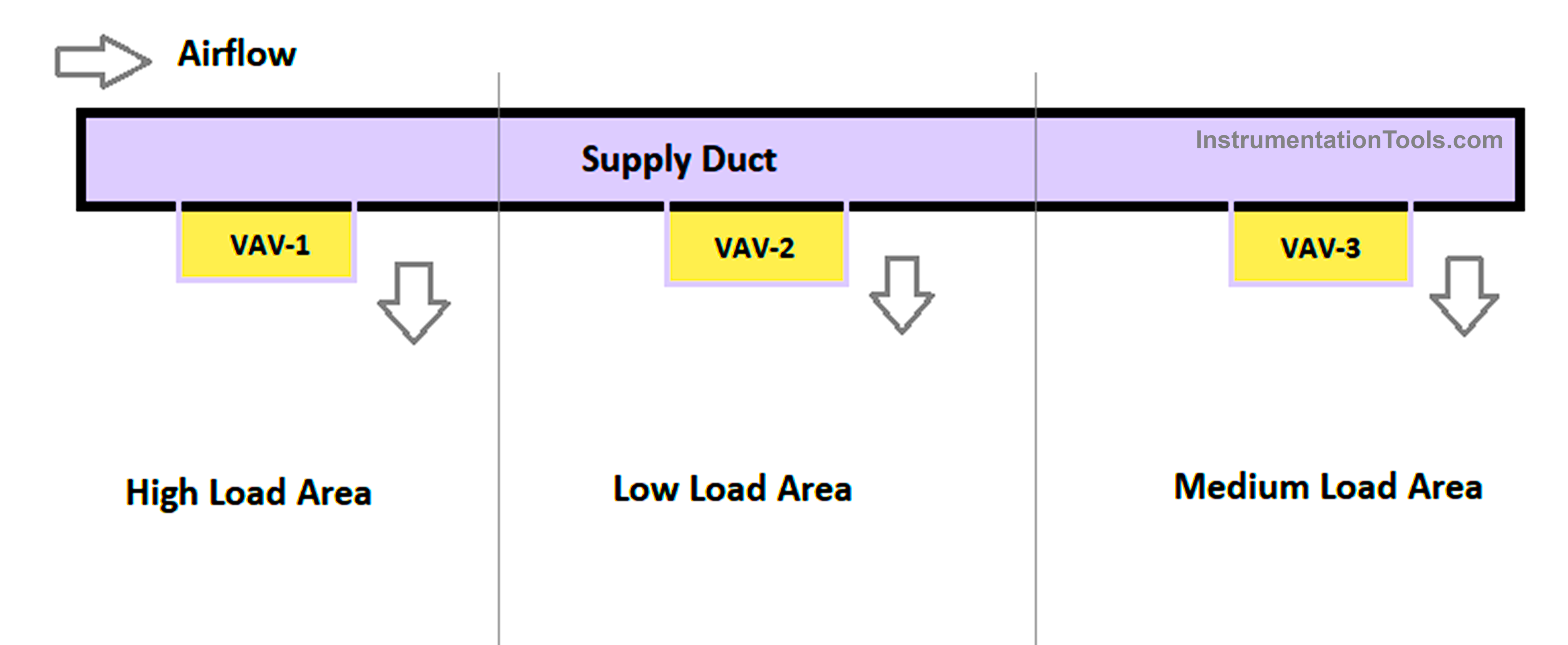
How does a variable air volume system work?
Let us deepen our concept further for the VAV controller box. A VAV box consists of the following components – thermostat or temperature sensor, air flow sensor, actuator, controller, and damper. The thermostat gives real-time feedback on the temperature to the controller. It is basically a closed loop control system.
The damper provides airflow at the output by taking supply air as input. The controller takes feedback from the thermostat and also gives control to the actuator, which then moves the damper. When the temperature is hot inside the room, the controller will give an open command to the damper to allow more cool airflow.
When the temperature is cold inside the room, the controller will give a close command to the damper to allow less cool airflow. The damper is analog in nature, meaning it will not fully open or close, but vary proportionally and remain in a desired position. So according to the room temperature, the damper will vary by opening or closing.
According to the dynamics of airflow, if more volumetric air is passing in an area, then the final temperature starts to decrease and if less volumetric air is passing in an area, then the final temperature starts to increase. This does not depend on the temperature of the supplied air. This means that in VAV, the CFM (cubic feet per minute) of air varies and the temperature of air remains constant.
One important component here is an airflow sensor. This sensor is connected to the air entry side of the damper. According to the current CFM of the air, the controller decides exactly how much maximum air it can pass. This is clubbed with the thermostat reading and accordingly, the damper opens or closes.
Now, one thing to note is that as the multiple dampers are opening or closing in the VAV system, the pressure inside the supply duct is also varying. If many dampers are closed, then air pressure will increase inside the duct. If many dampers are closed, then air pressure will increase inside the duct. If many dampers are opened, then air pressure will decrease inside the duct.
This pressure change will have an effect on the blower speed load efficiency. So, there is a pressure sensor installed at the point where airflow starts from near the blower. The sensor will vary the speed of the blower according to the pressure changes in the duct. This maintains the overall pressure in the line.

Difference between Variable airflow and Constant airflow
- In VAV, the air temperature remains constant and the air flow varies. In CAV, the air flow remains constant and the air temperature varies.
- VAV systems are more efficient and have longer lifetimes because chilling components like compressors and chilled water valves are given less action time and remain fixed in a constant position. This reduces the mechanical load on them and increases their lives automatically.
- Less energy is wasted in VAV systems and also, the air quality is better in VAV than CAV systems.
- VAV systems are costly for a small zone system, hence for such systems, the CAV system is preferred.
In this way, we saw the concept of variable airflow volume systems in HVAC.
Read Next:
- HVAC Chiller Maintenance
- HVAC Air Compressor Filters
- Furnace Draft Control System
- Oil Separator HVAC System
- HP and LP Switches in HVAC
